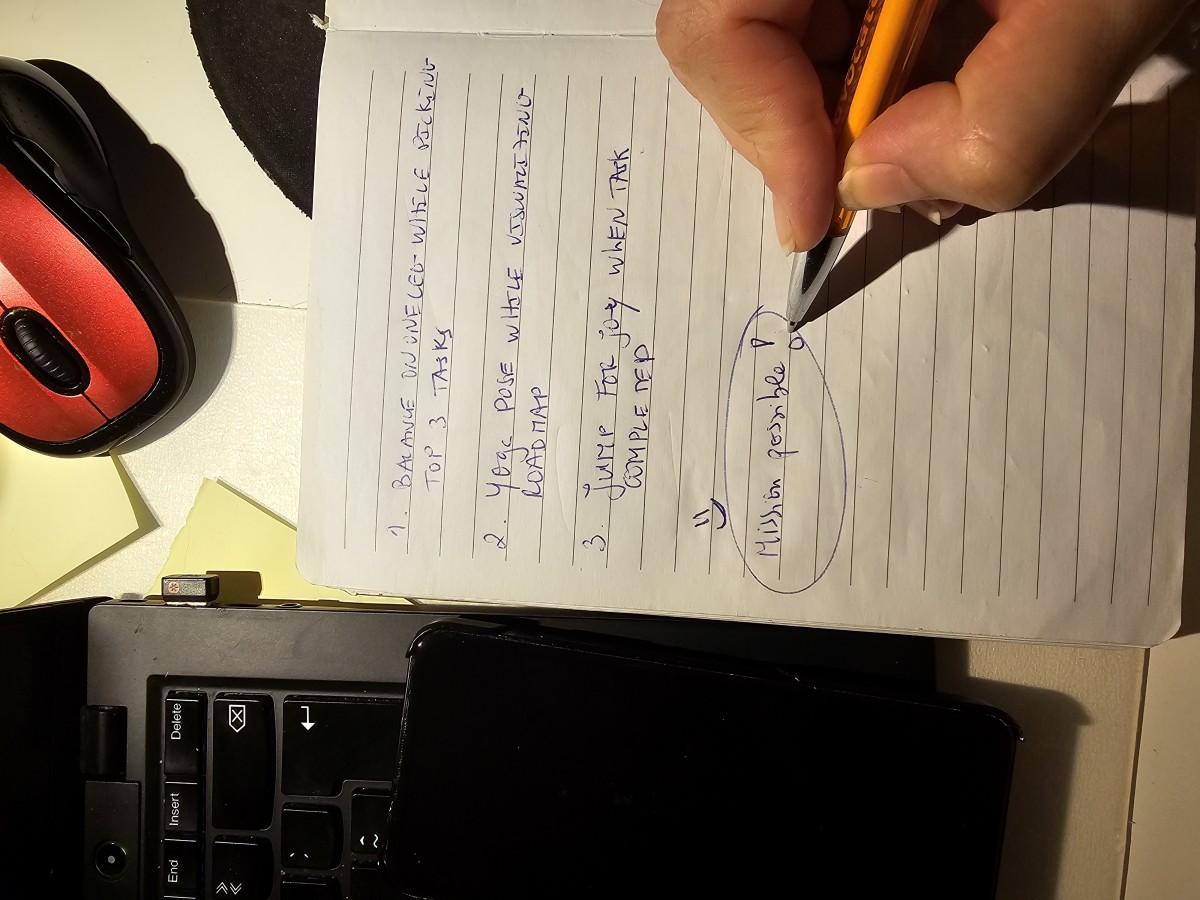Project Management Triangle Explained
Creating a project management triangle is a critical part of every management system that must be properly executed to successfully run and launch any project. The steps of project management are explained to every student in his or her university life. Unfortunately, this is something that everyone neglects. We tend to follow the “go with the flow” rule, make the steps as you go, in the development phase of the project cycle. This is a very unprofessional strategy, which results in confusion and frustration.
The Iron Triangle is an important technique that should be used in every project management. Depending on the complexity and size of the project, other tools and planning methods might come in handy but it is not essential to utilize all of them.
Time, Cost and Quality
Whenever you start a new project, there are 2 things which you must take into consideration and these are, how much time will it take and how much will it cost. Quality is something that you would have to keep side by side throughout the development phase. This is one of the important steps in the project management cycle. Submitting a quality product leads to a good impression. However, it is important to understand that quality depends on time and cost. Proper managing time and cost will result in a high-quality product.
The project management triangle below sums up almost everything, but I will be explaining each of these in detail.

Time Management:
In time management, you have to analyze the amount of time needed to complete the project.
Breaking a project into different tasks is a good approach, the workload can be shared among employees, no one is overburdened and the work is finished on time.
1. Resources required to complete the task
2. The number of employees needed to carry out the task
3. Skills of employees
4. Project requirements
Keeping these points in mind will help you to provide an estimate of how long will it take to complete a project.

Tip:
You might probably know about this, but if a project takes, let's say, about 10 days to complete, for example, then you should tell your client the project will be ready in 15 days. Who knows, what bumps you might face during project development. So it is best to give yourself extra time to complete the work, otherwise, the client will be breathing down your neck. Another upside of this is, you might be able to hand over the work a couple of days before the deadline.
Cost Management:
The project budget is a very important factor. Don’t be surprised when you are asked to provide quality work at a low price. Businesses are not comfortable paying a high price unless they are satisfied.
When developing a project plan, the cost usually depends on the type of project the client wants to develop. For example, a small project, which might not prove difficult to develop, will not cost a lot, as compared to a large project which involves a lot of complex functionality, time, and resources.
So, cost management usually includes:
1. Labor cost
2. Cost of resources
3. Project complexity
Once you have made an outline and provided an estimate, you need to complete the project within the deadline. Steps need to be taken to make sure that the total cost does not exceed the approved budget.
A good idea is to set up a cost control system, which will monitor the status of the project, managing the cost based on the budget outline.
Quality Management:
Quality management is a very important thing. Several factors determine the changes in the project during the development life cycle, which usually result in project quality failure, and these are:
- Internal Failures: Miscommunication amongst employees and failing to understand project requirements often leads to scraping and additional work. This would result in delay, which would lead to pressurized work, damaging the quality.
- External Failures: Additional requirements provided by the client after handing the project over or delay in project development if the proper resources are not available to continue work. Delay in work usually results in no time extension, resulting in poor final delivery if the quality is comprised, which in turn leads to customer loss.
- Poor Planning: Poor planning usually leads to rework, extra time, an increase in the estimated budget, and the result is poor product delivery.
So, the last step in the project management triangle is quality, which is highly affected by project time and cost.
The project management triangle is one of the well known and most used technique. A good project manager will make sure that everything runs smoothly and handle changes based on factors affecting the project development life cycle.






